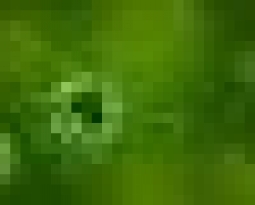R&D Tax Credits for Pet Tech and Toys
Data from the American Pet Products Association (APPA) states that over 65% of US households own a pet, with around 86 million cats and 78 million dogs across the country. Pet-owners are spoiling their furry friends more than ever. Countless toys pervade the market and “pet tech” like GPS trackers, pet cameras and activity monitors have become popular ways to help keep pets safe and healthy. In fact, the wearable market for pets is expected to reach $2.36 billion by 2022.
If your business creates pet technology or other pet items, you may be eligible for R&D tax credits. Items like dog bones, hamster wheels and even protective pet shoes may count as eligible R&D, as well as innovative water and food dispensers, pet brushes and work undertaken to improve pet nutrition and behavior. The development of software and apps to create or improve technologies such as “fitbits” for dogs or pet door technology are often eligible as long as they meet the requirements below.
3D printing of pet products is a strong indicator of innovative activity as it is often used to create one-off prototypes to economically test ideas. This can be useful for products like retractable dog leashes, which often fail during use. Another area of 3D development is pet prosthetics, where 3D scanners can custom fit a pet with a fitted limb.
R&D activities must do the following:
- Require experimentation
- Attempt to eliminate an unknown
- Be technological or scientific in nature
- Be a new or improved product, service, process or technology
If you are unsure whether your work qualifies for R&D tax credits, or you would like expert assistance in making a claim, please contact Swanson Reed R&D Tax Consultants. You may also be interested in our free, online eligibility test.

















